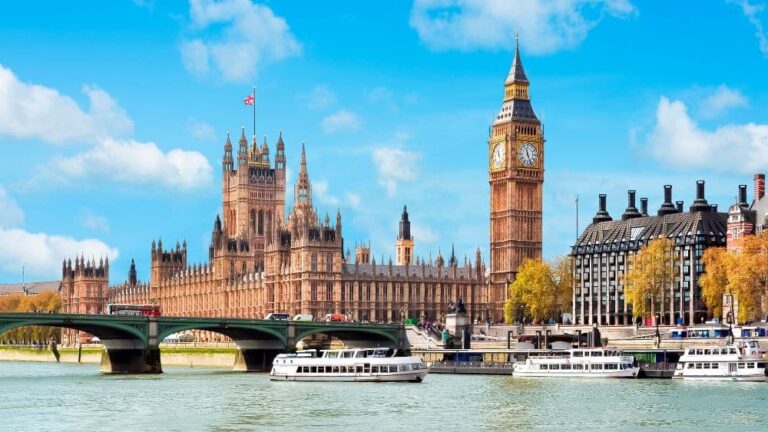NHS pensions – an update on McCloud
What are the pension member scheme changes?
Most public sector pension schemes were reformed back in 2015 and the NHS introduced a new version of its pension scheme from 1 April 2015 – which is known as the ‘2015 scheme’. This new iteration introduced changes to how and how quickly benefits are built, and most notably an increase in the age when pension benefits could be drawn, without reduction, to be aligned with the state pension age.
The date at which existing pension members transferred over to the 2015 scheme (from the 1995/2008 scheme), depended on their age and proximity to their normal retirement date in the 1995/2008 scheme.
Broadly if you were an active pension member at 1 April 2012 (and remained one at 31 March 2015), then members transitioned as follows:
- Within ten years of normal pension age – full protection: you did not transfer to the new scheme
- Over 13 years and five months from normal pension age – no protection: you transferred at 1 April 2015
- Between ten and 13.5 years of normal pension age – tapered protection: you transferred at a date between 1 April 2015 and 31 March 2022, depending on age
The above rules broadly applied to all public sector pension schemes. Given the connection to age, a case was brought by firefighters and judges, which they won, and it was proven that the reformed pension schemes across the public sector were discriminatory on the grounds of age. The Government is now in the process of remedying this. This is the McCloud remedy.
Where are we now?
On 1 October 2023 legislation was introduced that meant any pension benefits built within the period 1 April 2015 to 31 March 2022 in the 2015 scheme could be rolled back into a pension member’s previous (legacy) pension scheme. The seven year window is called the remedy period. This has the effect of the pension member being treated as though they never transferred over to the 2015 scheme during the remedy period. Pension membership in the 2015 scheme then commences on 1 April 2022.
At retirement, pension members will be given a choice between keeping benefits in the 1995/2008 scheme for the remedy period or transferring them to the 2015 scheme. They can choose the option that best suits them and provides the highest level of benefits.
As to which option is best, this will depend on a number of variables including age, earnings, working hours and age at retirement. For most members, reverting to the legacy scheme during the remedy period is likely to be beneficial.
What is going to happen next?
NHS Pensions is recalculating pension benefits on the assumption that benefits earned during the remedy period will revert to the legacy scheme. NHS Pensions will issue statements to show revised pension benefits – these will be called remedy pensions savings statements (RPSS). NHS Pensions will be sending these statements out from April 2024.
Transferring benefits back into legacy schemes will mean that pension members need to consider their annual allowance positions for the remedy period. Annual allowance calculations will have been completed, and any associated tax liabilities paid over to HMRC based on benefits within the 2015 scheme. These calculations will need to be updated to deal with benefits earned in the legacy scheme and to identify differences in pension growth and associated tax liabilities.
Those changes will need to be reported to HMRC and any over/underpaid tax will need to be dealt with. HMRC will open a digital service in order to pay over or claim back the associated tax.
Members who opted out of the pension scheme within the remedy period will now be given the option to opt back in during that period. The original intention was that you would need to prove you had an intention of opting back in, however, this is no longer the case. You can opt back in if you feel it’s right for you.
Opting back in will result in historic pension contributions to be paid over to HMRC. These contributions will attract tax relief and will need to be factored into the tax calculations as mentioned above.
NHS cost claim back scheme
As you might imagine, to recalculate and report seven years’ tax calculations and amend any scheme pays elections will take time and professional advice and support. This will cost pension members.
To assist towards costs, NHS Pensions has introduced the ‘NHS cost claim back scheme’. This will allow costs to be claimed back as below:
- Accountancy services – costs incurred with calculations required for the HMRC digital service, limited to £1,000 including VAT
- Financial advice – costs incurred seeking financial advice about the choice of your pension benefits, limited to £500 including VAT
Whilst an offer for compensation to cover costs is useful, actual costs may exceed the compensation available. However, most members who have incurred annual allowance tax charges are likely to see a reduction in those charges.
Timing is key as once your remedy pensions savings statement (or remedial service statement) is received, you will have 12 months to complete calculations, report these to HMRC and make a claim for costs incurred.
What to do moving forward?
It’s important to keep an eye on any communication received from NHS Pensions. Keep that safe and when you receive your RPSS, consider your position and contact an advisor.
If you have an accountant or financial advisor, they are likely to have your pension history for the seven year remedy period. If you don’t, or you don’t believe they do, it’s important to have copies of tax returns/computations, pension certificates and details of earnings/working hours, for the affected period. This information will be required in reviewing your pension position.
We also recommend contacting NHS Business Service Authority to request a copy of your pay and service record – this will be an excel spreadsheet showing pension growth for recent years, as well as the various roles that you have held since joining the NHS. Details of pensionable earnings will be disclosed too. This document will be key in establishing any gaps in your pension record, as well as any errors in the data that is currently held.
To obtain the document, please email NHSBSA on [email protected] or call 0300 3301 346.
Once you have your pay and service record, we’d be happy to review this to identify any issues or corrections that are required.
Should you have any questions, please feel free to contact us.












